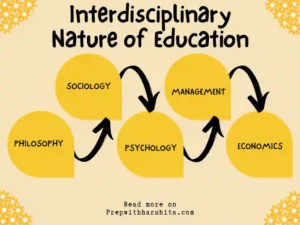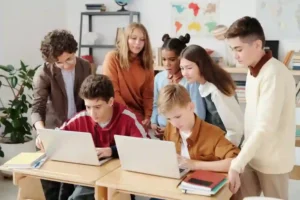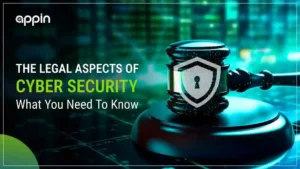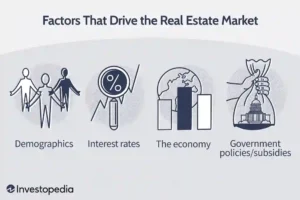Revolutionizing Learning: Innovative Education Trends to Watch
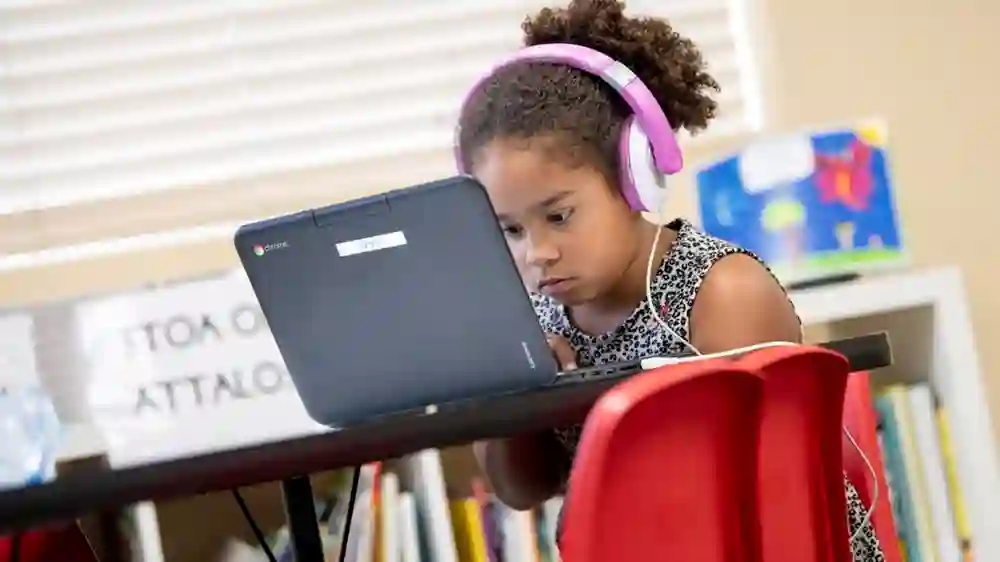
Revolutionizing learning—yeah, that’s the new buzz. I’m talking about the way classrooms and curriculums are being flipped on their heads by tech, fresh ideas, and, let’s be honest, some good old-fashioned trial and error. Gone are the days of passive learning where you just sit there, zoned out, trying not to be the kid who asks too many questions. Now, it’s all about personalizing, gamifying, and downright rethinking how we teach and learn.
Personalized Learning: Finally, Something Just for Me
Remember the good ol’ days when every student in a class got the same worksheet? Same pace. Same everything. Well, not anymore, folks. Personalized learning has changed the game. It’s like that moment when you finally get the Netflix algorithm that actually gets you—like it knows you watched The Office for the 200th time. That’s how personalized learning works. It uses tech to adjust the curriculum to fit you—your pace, your needs, your strengths, and the places where you need more help.
What makes personalized learning really exciting is how it’s powered by technology. You know, the fancy learning management systems (LMS), AI tutoring systems, and adaptive learning tools that learn as you go. It’s like being in a video game where you level up after each lesson. For me, every time I completed a module, I felt like I earned a new badge. (No joke, I felt like a warrior.) For students, this means no one’s left behind. If you’re a fast learner, you zoom ahead; if you need a little more help, the system slows down until you’re on track.
Why It’s Cool
- Tailored to You: Your learning is personalized—like a custom-made pizza, but instead of toppings, it’s lessons.
- You Get Feedback Fast: You finish something and—boom—instant feedback. No more waiting till next week to know how you did.
- Stay Motivated: It’s like having a coach in your pocket. If you need extra practice, it’s there. If you crush it, you get praise, and no one has to see your embarrassing “oops” moments.
Gamification: Learning, but Make It Fun
Alright, let’s talk about gamification. Sounds complicated, but basically, it’s about turning learning into a game. And trust me, this isn’t just for kids who play Fortnite till their parents confiscate their controllers (guilty). It’s about using game elements—levels, points, rewards, and challenges—to make learning more exciting. Remember when you were a kid, and the teacher would announce a quiz game, and everyone suddenly felt like a champ, even if they didn’t know what was going on?
Well, this is gamification. And it’s not just for fun (although fun is definitely a huge perk). When you make learning a game, it taps into our natural desire to win. It keeps us on our toes and, let’s be honest, makes a subject like calculus feel like a real-life RPG.
Why It Works
- Instant Rewards: Like getting points for finishing a section of a lesson? Hell yes.
- Engagement: It makes even the toughest subjects feel like a side quest you can totally ace.
- Competition & Collaboration: You’re battling for the top spot, but you’re also team-playing with others. Who knew learning could be a combo of both?
AI and Machine Learning: A Teacher’s New BFF
Alright, time to talk about AI. Now, I’m not saying that robots are about to take over your class and start grading your papers (yet), but let’s just say AI is definitely stepping in to help make teaching and learning a lot more efficient. I’ve had my share of AI chatbots try to explain things to me, and sometimes, they miss the mark (hello, confusion!). But in education, this tech is way ahead of where I thought it could be.
Picture this: AI helps teachers by automating grading, tracking progress, and providing real-time feedback to students. It’s like that one friend who always knows the answer to your “what’s this mean?” question and never gets annoyed. On top of that, machine learning tools analyze data, so teachers can see where students are struggling before they even know it. Teachers might not be out of a job, but they certainly have a powerful sidekick.
Why It’s a Game-Changer
- More Time for Teaching: Teachers can focus on students instead of drowning in grading and admin work.
- Personalized Feedback: No more generic “good job!” comments. You get real insights into your progress.
- Predictive Power: AI can identify issues early—like when I realized my plant was wilting because I forgot to water it (I did it again, don’t judge me).
Virtual & Augmented Reality: Going Beyond the Textbook
Okay, real talk—how much more would you have learned in history class if you could actually visit Ancient Rome instead of reading about it from a book? Or, I don’t know, explore the human body inside of it? Well, thanks to Virtual Reality (VR) and Augmented Reality (AR), you can do that—sort of.
These technologies let you experience history, science, and more in a completely immersive way. It’s not just watching a video or reading a chapter. You’re there. You’re in it. I remember when I first used VR for a biology class, and I got to “walk through” a human cell. Mind-blowing. I swear, the mitochondria looked like little aliens trying to take over the world. The point? VR and AR are making learning interactive in a way that feels like magic (but, you know, techy magic).
Why You’ll Want to Try It
- Immersion: Feel like you’re actually there instead of staring at flat images.
- Experience Over Memorization: It’s not about memorizing dates or facts anymore. It’s about living them.
- Better Retention: Like when you visit a museum and remember everything because you can touch and interact with stuff. Same idea.
Collaborative Learning: No One Learns Alone
Okay, so y’all know that one classmate who always answered the teacher’s questions. You’re thinking, “I could never do that!” But with collaborative learning, you don’t have to do it alone. Group projects aren’t just for the slackers who forgot about the assignment (been there, done that). Collaboration is all about sharing knowledge, learning from others, and working together towards a common goal.
And it’s not just a classroom thing. Social learning platforms have taken this to the next level. Now, you can collaborate with people across the globe without leaving your chair. No plane tickets needed. Imagine working with someone from Tokyo, New York, and Barcelona on the same project—yes, it’s happening.
Why It’s Awesome
- Teamwork: You get to learn from each other, not just a teacher.
- Global Communities: Learn from people who live across the world, bringing different perspectives.
- Enhanced Skills: Collaboration teaches you communication, negotiation, and conflict resolution—skills that’ll serve you everywhere.
Conclusion: Buckle Up—The Future of Learning is Here
Revolutionizing learning isn’t just a buzzword anymore. It’s a movement that’s changing the way we think about education. Whether it’s personalized learning, gamification, AI, VR/AR, or collaborative platforms, the future is all about making learning more engaging, dynamic, and tailored to you. Sure, we’re still figuring some things out (hello, awkward tech fails), but we’re well on our way. Fast forward past the awkward stages, and it’s clear: education’s got a major upgrade coming—and we’re all here for it.
